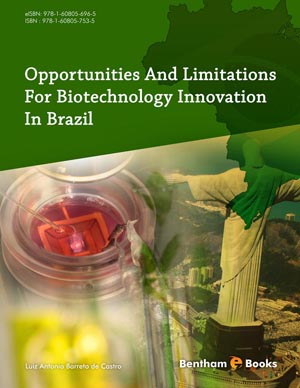Abstract
Unlike innate resistance, acquired resistance is a defense system activated mainly by an earlier infection and allowing plants to resist later attacks by harmful organisms. Its mode of action does not depend on the direct destruction or inhibition of the invading pathogen, but rather on physiological changes which lead to the increase of the physical or chemical barrier of the host plant. The idea of using this ability of plants to defend themselves, to the aim of protecting them from their bio-aggressors is a completely realistic strategy that can be reached by using certain molecules, which have eliciting properties. These molecules, called natural defense stimulators (NDSs), can be of natural or synthetic origin and are capable of putting the plant on a state of alert in order to respond quickly and effectively in subsequent attacks. This innovative strategy greatly contributes to reducing the risks associated with pesticides, and also has great promises for the future, in terms of both socio-economic impact and technology transfer. This chapter provides a summary of the remarkable progress made in recent years in understanding the mechanisms involved in the acquired resistance of plants to various pathogens.
Keywords: Elicitors of natural plant defense, Induced Systemic Resistance (ISR), Jasmonic Acid (JA) et Ethylene (ET) signalling, Local Acquired Resistance (LAR), Pathogenesis-Related (PR) Proteins, Plant growth promoting rhizobacteria (PGPR), Salicilic Acid signalling, stress memory, Systemic Acquired Resistance (SAR).












